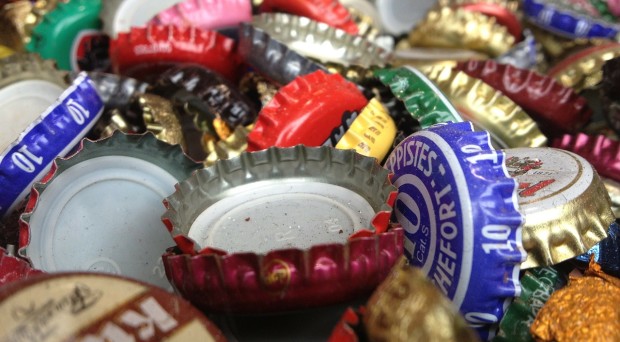
Official guidelines from the UK’s Department of Health are clear: children aged 15 or under should not drink alcohol. But they do. While the number of young people who say they drink alcohol has recently fallen, the teenage years are still the time most of us have our first experience of alcohol. And some children are drinking before they become teenagers.
Now in new research we published in BMC Public Health we have found that UK 11-year-olds whose parents drink heavily are almost twice as likely to drink themselves than if parents are non-drinkers – and particularly if their mother rather than their father is a heavy or regular binge drinker.
Many parents fear that absolute prohibition will lead to secret drinking and a loss of trust in the relationship with their child. It would appear to be common sense that a child drinking a small amount of watered-down wine with a family meal may develop quite different later adolescent behaviors to a child swigging vodka with friends in a bus shelter. Common sense it might be, but there has been little robust research around this.
Drinking habits
Our study made use of the detailed and rich data available in the Millennium Cohort Study, which has followed the lives of nearly 20,000 children born between 2000 and 2002. At age 11, just under 14% of children in the cohort said they drank alcohol. When asked whether their friends drank, 78% of children said “no”.
We found that for non-drinking mums, 8% of 11-year-olds drank. For light to moderate drinkers this rose to 12% and for heavy drinkers, it rose again to 16% of 11-year-olds.
Their parents were also grouped into three categories based on their own reported drinking frequency: non-drinkers, light to moderate drinkers and heavy or binge drinkers. Around 20% of mums and 15% of dads were non-drinkers, 60% of mums and dads were light or moderate drinkers, while about a quarter of dads and just over 20% of mums were heavy or binge drinkers.
We found that for non-drinking mums, 8% of 11-year-olds drank. For light to moderate drinkers this rose to 12% and for heavy drinkers, it rose again to 16% of 11-year-olds. So overall, compared to children whose mums did not drink, children whose mums were light or moderate drinkers had a 60% increased risk of drinking at age 11, while those whose mums were heavy or binge drinkers had an 80% increased risk. A father’s drinking appeared to have about half as much impact, regardless of whether he was a light to moderate or heavy/binge drinker.
Children who said their friends drank were also more than four times as likely to drink themselves as those children who had friends who didn’t drink.
Home life and perceptions of alcohol
The children were also asked about other risky behaviors such as smoking or truanting and what they felt about their family.
Predictably, those children who reported being happy at home were less likely to drink than those who reported frequent family battles.
Predictably, those children who reported being happy at home were less likely to drink than those who reported frequent family battles. Where there were low levels of parental supervision, combined with a dad who drank heavily, the risk of the 11-year-old child drinking was, again, higher.
A child’s view about the harms of alcohol also seemed to be an important factor. The more dangerous a child thought alcohol to be, the less likely they were to drink. Children who did not see drinking alcohol as a risky activity – and who also had a mum who drank heavily – were much more likely to be drinking alcohol at age 11.
It is not possible for our study to judge whether parents’ level of alcohol consumption actually causes their 11-year-old to start drinking, but our findings show us a strong association between 11-year-olds’ drinking and their friends’ and mothers’ behavior. Family relationships, perceptions of risk and expectations regarding alcohol are also important, as are some more general characteristics of the family unit such as socioeconomic circumstances.
The fact that there are multiple likely causes of early drinking means that measures to counter these risks need to be aimed at a number of different aspects of a child’s life. One size will not fit all.
The vast majority of children at the age of 11 are yet to explore alcohol. But children certainly need to have a better understanding of the risks involved in drinking. Schools and parents are clearly well placed to provide the best advice, information and guidance to children of this age.
Comments